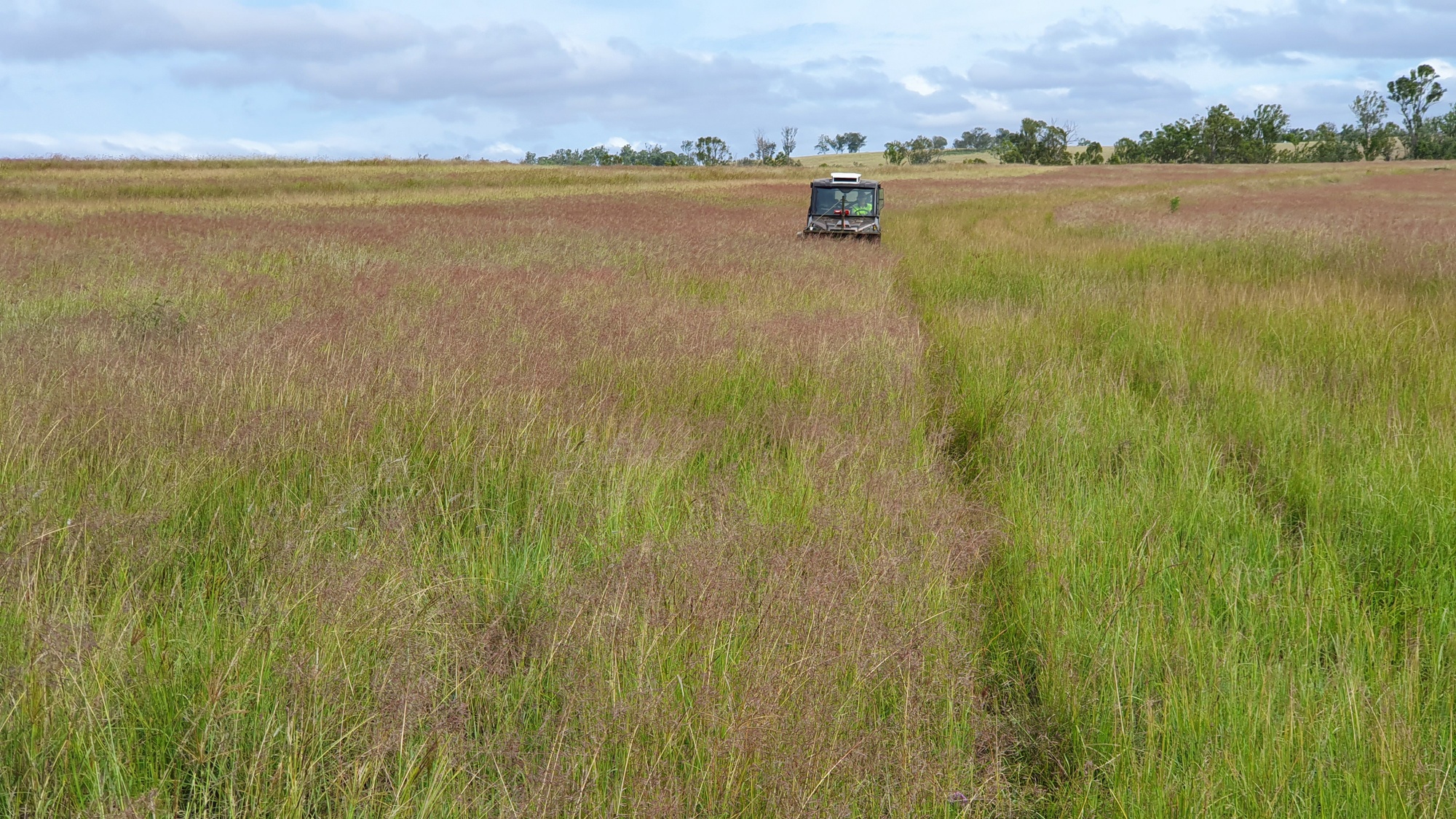Plant Profiles
Plant Categories
Subshrub
Trailing herb
Annual
Annual or Short-Lived Perrenial
Prostrate Shrub
Graminoid
Vine
Forb
Nitrogen Fixer
Grass
Tree
Shrub
Sedge
Wattle
Show All
14Genera
Acacia
Allocasuarina
Alphitonia
Alstonia
Angophora
Archidendropsis
Aristida
Arundinella
Astrebla
Atalaya
Atriplex
Austrosteenisia
Austrostipa
Banksia
Baumea
Bolboschoenus
Boronia
Bothriochloa
Brachychiton
Breynia
Callitris
Calotis
Capillipedium
Carissa
Cassia
Cassine
Cassinia
Casuarina
Chloris
Chrysocephalum
Chrysopogon
Clerodendrum
Corymbia
Crotalaria
Cymbopogon
Daviesia
Denhamia
Derris
Dichanthium
Dodonaea
Einadia
Enchylaena
Enteropogon
Eragrostis
Eremophila
Eriochloa
Erythrina
Erythroxylum
Eucalyptus
Eustrephus
Fimbristylis
Flindersia
Gahnia
Geijera
Grewia
Hardenbergia
Heteropogon
Hovea
Imperata
Indigofera
Jacksonia
Jasminum
Juncus
Kennedia
Lepidosperma
Lomandra
Lophostemon
Ludwigia
Lysiphyllum
Maireana
Melaleuca
Melia
Myoporum
Notelaea
Owenia
Pandorea
Panicum
Parsonsia
Paspalidium
Petalostigma
Petalostylis
Pittosporum
Podolobium
Pomax
Psydrax
Pterocaulon
Ptilotus
Pultenaea
Rhagodia
Rhodosphaera
Rhynchosia
Sarga
Schoenoplectiella
Schoenoplectus
Senna
Sida
Solanum
Sporobolus
Swainsona
Syncarpia
Themeda
Trema
Vachellia
Ventilago
Vittadinia
Show All
105Corymbia tessellaris
| Categories | Tree |
| Common Name(s) | Moreton Bay Ash, Carbeen |
| Family | Myrtaceae |
Description
"Tree to 35 m tall. Forming a lignotuber. Bark rough on lower 1–4 m of trunk, tessellated, dark grey to black, abruptly changing to whitish smooth bark that is sometimes powdery." (Euclid, 4th Ed.)
Notes
A widespread ghost gum species which is simply identified however more care may be needed to avoid confusion at the northerm end of its range. Please refer to Euclid. 4th Ed. links below for clarification.
Corymbia tessellaris can be particularly striking in places because of a stocking of tessellated bark which contrasts with an upper smooth, white bark. In some places the upper bark is of darker hues.
Seed collections of this species are often difficult because the harvesting window is extremely small, often a period of several days. Seed and chaff may remain practically colourless until almost the moment of ripening. Nonetheless, the taxon is valuable to revegetation and is well worth pursuing.
Historical Notes
Distribution
"Widely distributed in the eastern half of Queensland including Goondiwindi, Charleville, Blackall, Mt Surprise and northwards (a tree of E.tessellaris at Cape York is the northernmost eucalypt on mainland Australia), also far north-eastern New South Wales and the south-west of Papua-New Guinea." (Brooker, M.I.H., and Kleinig, D.A., 2004)
References and Related Links
EUCLID Eucalypts of Australia Edition 4 (2015, internet based, hosted by the Atlas of Living Australia). Date accessed: Oct 6, 2019.
Brooker M.I.H., Kleinig D.A. (2004) ‘Field guide to eucalypts. Vol. 3. 2nd edn. (Bloomings Books: Melbourne)
